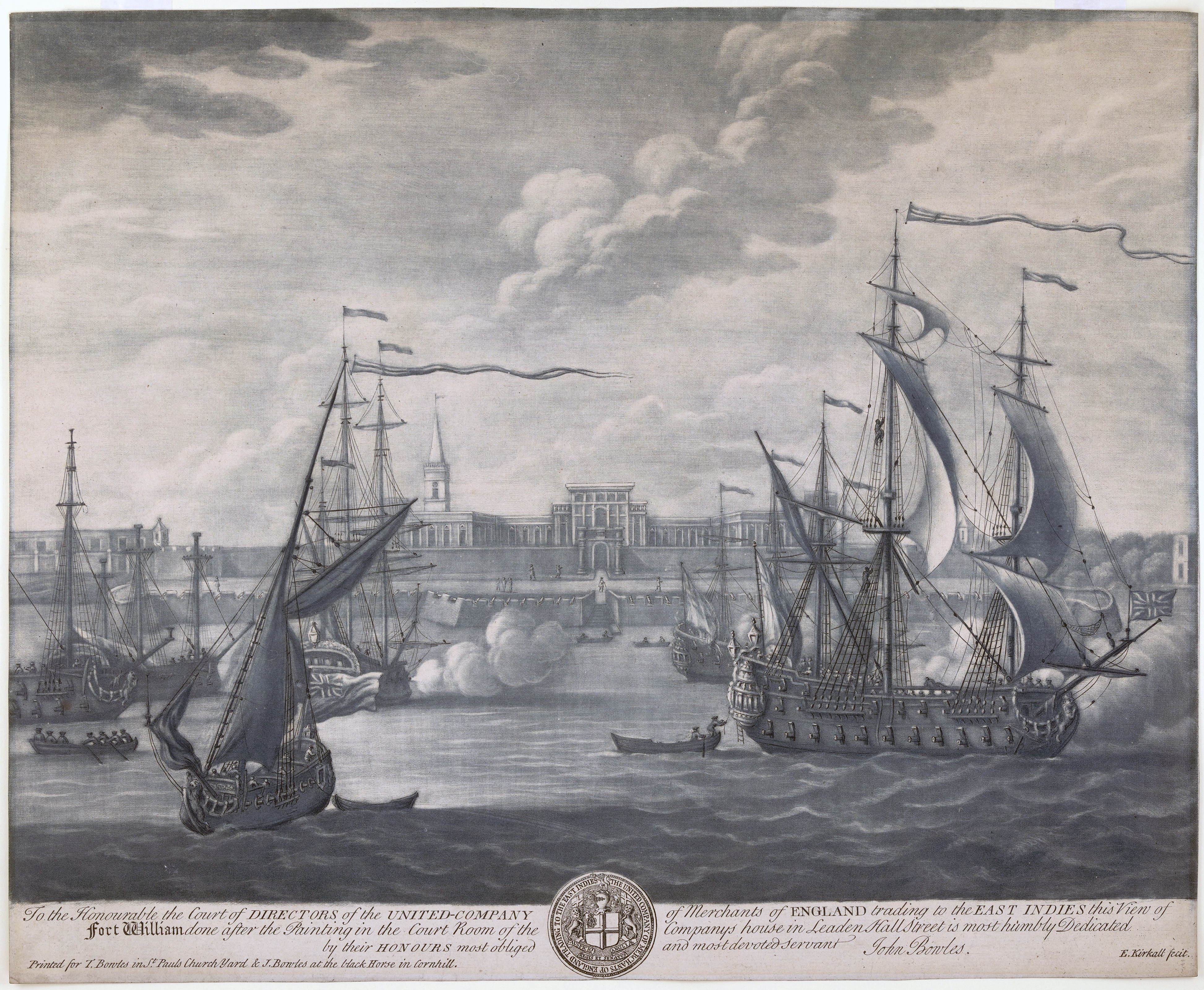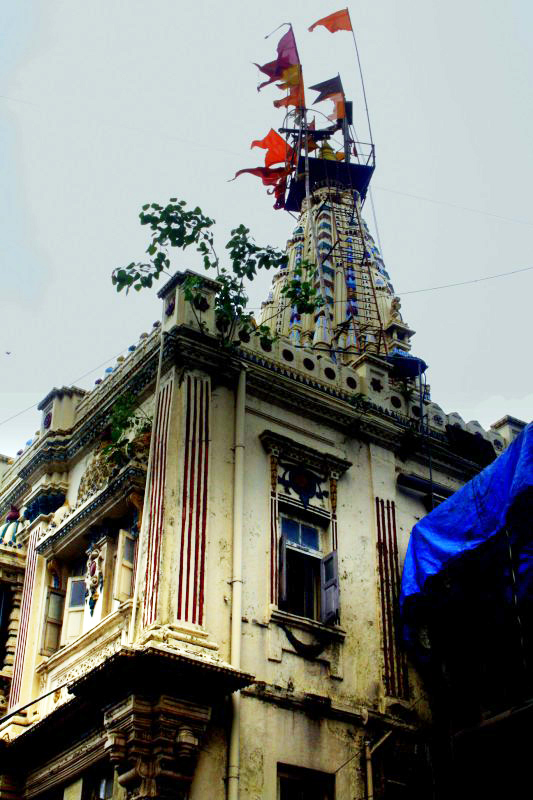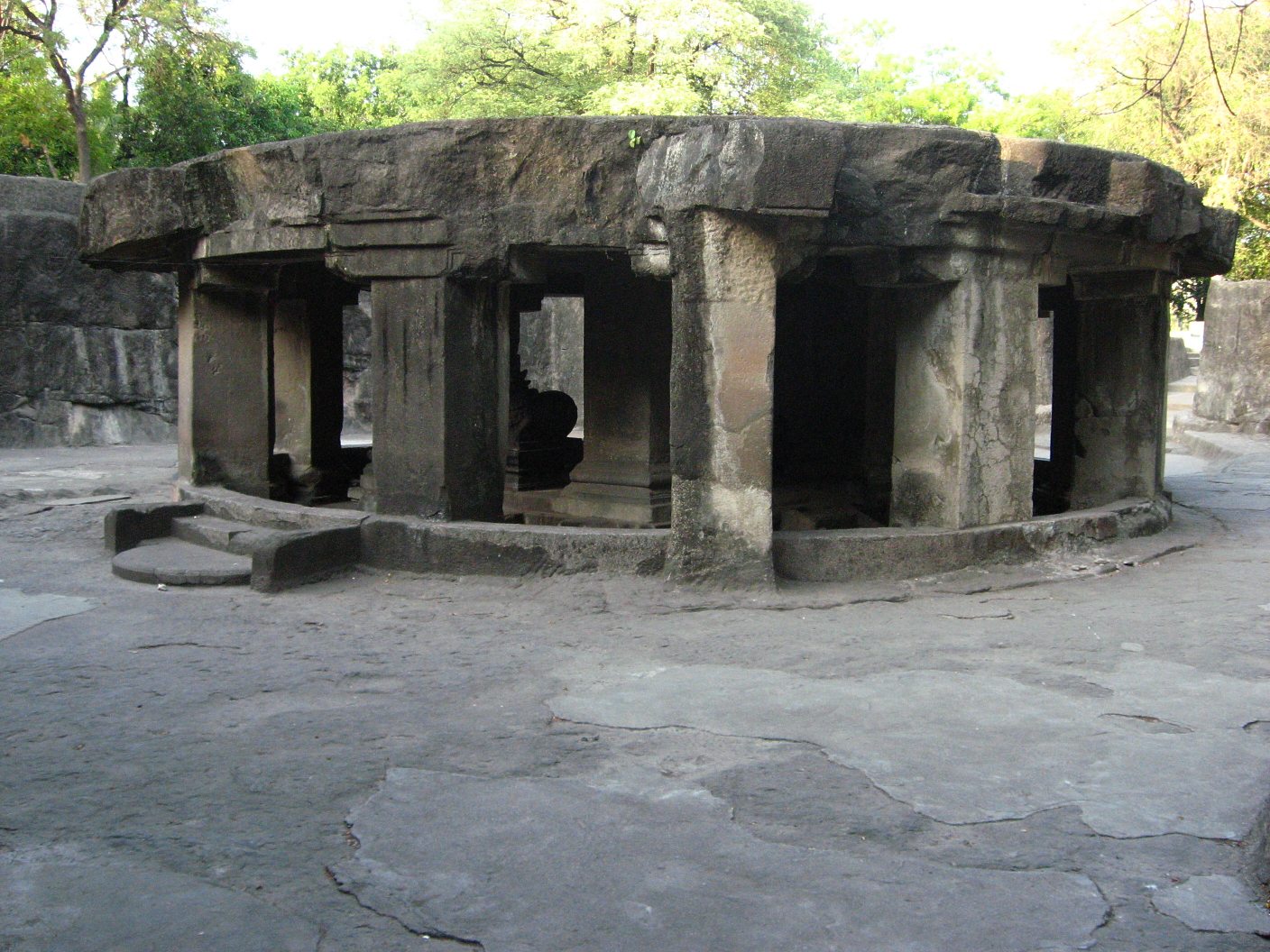|
Auxiliary Force (India)
The Auxiliary Force (India) (AFI) was a part-time, paid volunteer military organisation within the British Indian Army, with recruits from British India. Its units were entirely made up of European and Anglo-Indian personnel. The AFI was formed in 1920, along with the Indian Territorial Force (ITF), replacing the Indian Defence Force (IDF). History The AFI was created by the Auxiliary Force Act 1920"Indian Auxiliary Forces: A Territorial Scheme", ''The Times'', 1 October 1920 to replace the unpopular British section of the Indian Defence Force (IDF), which had recruited by conscription. By contrast, the AFI was an all-volunteer force modelled after the British Territorial Army. The Indian parallel to the AFI was the Indian Territorial Force (ITF) which was composed of British officers and Indian other ranks. Units on 3 September 1939 In popular culture The Auxiliary Force features extensively in the plot of John Masters' novel ''Bhowani Junction'', focusing on a community of Ang ... [...More Info...] [...Related Items...] OR: [Wikipedia] [Google] [Baidu] |
British Indian Army
The British Indian Army, commonly referred to as the Indian Army, was the main military of the British Raj before its dissolution in 1947. It was responsible for the defence of the British Indian Empire, including the princely states, which could also have their own armies. As quoted in the Imperial Gazetteer of India, "The British Government has undertaken to protect the dominions of the Native princes from invasion and even from rebellion within: its army is organized for the defence not merely of British India, but of all possessions under the suzerainty of the King-Emperor." The Indian Army was an important part of the British Empire's forces, both in India and abroad, particularly during the First World War and the Second World War. The term ''Indian Army'' appears to have been first used informally, as a collective description of the Presidency armies, which collectively comprised the Bengal Army, the Madras Army and the Bombay Army, of the Presidencies of British ... [...More Info...] [...Related Items...] OR: [Wikipedia] [Google] [Baidu] |
Delhi
Delhi, officially the National Capital Territory (NCT) of Delhi, is a city and a union territory of India containing New Delhi, the capital of India. Straddling the Yamuna river, primarily its western or right bank, Delhi shares borders with the state of Uttar Pradesh in the east and with the state of Haryana in the remaining directions. The NCT covers an area of . According to the 2011 census, Delhi's city proper population was over 11 million, while the NCT's population was about 16.8 million. Delhi's urban agglomeration, which includes the satellite cities of Ghaziabad, Faridabad, Gurgaon and Noida in an area known as the National Capital Region (India), National Capital Region (NCR), has an estimated population of over 28 million, making it the List of metropolitan areas in India, largest metropolitan area in India and the List of urban areas by population, second-largest in the world (after Tokyo). The topography of the medieval fort Purana Qila on the b ... [...More Info...] [...Related Items...] OR: [Wikipedia] [Google] [Baidu] |
Chota Nagpur Regiment
The Chota Nagpur Regiment was raised in 1891 as the Chota Nagpore Mounted Rifles and formed part of the Cavalry Reserve in the British Indian Army. It was renamed the Chota Nagpur Light Cavalry in 1910 then the Chota Nagpur Regiment in 1917. The regiment was disbanded subsequent to India's independence in 1947. A light horse regiment was roughly equivalent to a battalion in strength (~ 400 men) and its troops typically fought as mounted infantry Mounted infantry were infantry Infantry is a military specialization which engages in ground combat on foot. Infantry generally consists of light infantry, mountain infantry, motorized infantry & mechanized infantry, airborne infant ... rather than traditional cavalry. Military units and formations established in 1891 British Indian Army cavalry regiments {{India-mil-stub ... [...More Info...] [...Related Items...] OR: [Wikipedia] [Google] [Baidu] |
Calcutta
Kolkata (, or , ; also known as Calcutta , the official name until 2001) is the capital of the Indian state of West Bengal, on the eastern bank of the Hooghly River west of the border with Bangladesh. It is the primary business, commercial, and financial hub of Eastern India and the main port of communication for North-East India. According to the 2011 Indian census, Kolkata is the seventh-most populous city in India, with a population of 45 lakh (4.5 million) residents within the city limits, and a population of over 1.41 crore (14.1 million) residents in the Kolkata Metropolitan Area. It is the third-most populous metropolitan area in India. In 2021, the Kolkata metropolitan area crossed 1.5 crore (15 million) registered voters. The Port of Kolkata is India's oldest operating port and its sole major riverine port. Kolkata is regarded as the cultural capital of India. Kolkata is the second largest Bengali-speaking city after Dhaka ... [...More Info...] [...Related Items...] OR: [Wikipedia] [Google] [Baidu] |
Calcutta Light Horse
The Calcutta Light Horse was raised in 1872 and formed part of the Cavalry Reserve in the British Indian Army. The regiment was disbanded following India's independence in 1947. Operation Creek On reserve since the Boer War, they are most noted for their part (with members of the Calcutta Scottish) in Operation Creek against the German merchant ship ''.'' The operation was organised by SOE's India Mission. It was kept covert, to avoid the political ramifications of contravening Portuguese neutrality in Goa, and was not revealed until thirty-five years afterwards, in 1978. The ''Ehrenfels'' was known to be transmitting information on Allied ship movements to U-boats from Mormugao harbour in Portugal's neutral territory of Goa. The Light Horse embarked on the barge ''Phoebe'' at Calcutta and sailed around India to Goa. After the ''Ehrenfels'' was sunk in March 1943 by the team of British saboteurs, British intelligence dispatched an open message over the air falsely warning t ... [...More Info...] [...Related Items...] OR: [Wikipedia] [Google] [Baidu] |
Bombay Light Patrol
Mumbai (, ; also known as Bombay — the official name until 1995) is the capital city of the Indian state of Maharashtra and the ''de facto'' financial centre of India. According to the United Nations, as of 2018, Mumbai is the second-most populous city in India after Delhi and the eighth-most populous city in the world with a population of roughly 20 million (2 crore). As per the Indian government population census of 2011, Mumbai was the most populous city in India with an estimated city proper population of 12.5 million (1.25 crore) living under the Brihanmumbai Municipal Corporation. Mumbai is the centre of the Mumbai Metropolitan Region, the sixth most populous metropolitan area in the world with a population of over 23 million (2.3 crore). Mumbai lies on the Konkan coast on the west coast of India and has a deep natural harbour. In 2008, Mumbai was named an alpha world city. It has the highest number of millionaires and billionaires among all cit ... [...More Info...] [...Related Items...] OR: [Wikipedia] [Google] [Baidu] |
Muzaffarpur
Muzaffarpur () is a city located in Muzaffarpur district in the Tirhut region of the Indian state of Bihar. It serves as the headquarters of the Tirhut division, the Muzaffarpur district and the Muzaffarpur Railway District. It is the fourth most populpus city in Bihar. Muzaffarpur is famous for Shahi lychees and is known as the Lychee Kingdom. Shahi litchi is set to become the fourth product from Bihar, after jardalu mango, katarni rice and Magahi paan (betel leaf) to get the Geographical Indication (GI) tag. It is situated on the banks of the perennial Budhi Gandak River, which flows from the Someshwar Hills of the Himalayas. Etymology The current city was established in 1875 during the British Raj for administrative convenience, by dividing the Tirhut district and was named after an '' aumil'', Muzaffar Khan; thus the city came to be known as ''Muzaffarpur''. History The city was founded by Muẓaffar Khan in the 18th century and was constituted a municipality in 1864. ... [...More Info...] [...Related Items...] OR: [Wikipedia] [Google] [Baidu] |
Bihar Light Horse
The Bihar Light Horse was a mounted infantry regiment of the British Indian Army. It was raised on 8 December 1862 as the Soubah Behar Mounted Rifles Volunteer Corps by indigo planters of the Tirhoot and Chapra districts in Bihar in the aftermath of the Indian Rebellion of 1857. The regiment formed a part of the cavalry reserve in the Bengal Army (until 1895) and the British Indian Army The British Indian Army, commonly referred to as the Indian Army, was the main military of the British Raj before its dissolution in 1947. It was responsible for the defence of the British Indian Empire, including the princely states, which co ... (until 1947). The regiment was disbanded on the eve of Indian independence on 15 August 1947. The regiment was roughly equivalent to a battalion in strength (~ 400 men). History When the Indian rebellion of 1857 broke out in India, Fred Collingridge of the Doudpur factory proposed the formation of a defence force for the British residents of ... [...More Info...] [...Related Items...] OR: [Wikipedia] [Google] [Baidu] |
Dibrugarh
Dibrugarh (pron: ˌdɪbru:ˈgɑ:) is an industrial city in Upper Assam with sprawling tea gardens. It is located 435 kms East from the state capital of Dispur. It serves as the headquarters of Dibrugarh district in the state of Assam in India. Dibrugarh serves as the headquarters of the Sonowal Kachari Autonomous Council, which is the governing council of the Sonowal Kachari tribe (found predominantly in the Dibrugarh district). Etymology Dibrugarh derived its name from Dibarumukh (as a renowned encampment of Ahoms during the Ahom-Chutia conflict). Either the name “Dibru” evolved from Dibaru river or from the Bodo-Kachari word “Dibru” which means a “blister” and “Garh” meaning "fort". The Bodo-Kacharis add the prefix “Di-” (which means “water”) wherever there is small stream, a river, or a large river in a town or city. Climate Dibrugarh has a humid subtropical climate (Köppen climate classification ''Cwa'') with extremely wet summers and ... [...More Info...] [...Related Items...] OR: [Wikipedia] [Google] [Baidu] |
Assam Valley Light Horse
The Assam Valley Light Horse regiment was raised in 1891 and formed part of Indian Volunteer Force, later the Indian Defence Force and finally the Auxiliary Force (India). The regimental headquarters was at Dibrugarh in Assam. It was recruited from the European community in Assam—mostly tea planters. A light horse regiment had a rough strength of approximately 400 men and its troops typically fought as mounted infantry rather than traditional cavalry. A few volunteers from the regiment joined Lumsden's Horse in 1899 raised by Colonel Dugald McTavish Lumsden for service in the Boer War and similarly in 1911 a few volunteers took part in the Abor campaign of 1911–12. It was not mobilized as a unit during World War I or World War II but individuals did serve, mainly with the British Indian Army. Military units and formations established in 1891 Indian World War I regiments Indian World War II regiments Dibrugarh The regiment was disbanded when India India, ... [...More Info...] [...Related Items...] OR: [Wikipedia] [Google] [Baidu] |
Lahore
Lahore ( ; pnb, ; ur, ) is the second most populous city in Pakistan after Karachi and 26th most populous city in the world, with a population of over 13 million. It is the capital of the province of Punjab where it is the largest city. Lahore is one of Pakistan's major industrial and economic hubs, with an estimated GDP ( PPP) of $84 billion as of 2019. It is the largest city as well as the historic capital and cultural centre of the wider Punjab region,Lahore Cantonment globalsecurity.org and is one of Pakistan's most socially liberal, |
Poona
Pune (; ; also known as Poona, ( the official name from 1818 until 1978) is one of the most important industrial and educational hubs of India, with an estimated population of 7.4 million As of 2021, Pune Metropolitan Region is the largest in Maharashtra by area, with a geographical area of 7,256 sq km. It has been ranked "the most liveable city in India" several times. Pune is also considered to be the cultural and educational capital of Maharashtra. Along with the municipal corporation area of PCMC, PMC and the three cantonment towns of Camp, Khadki, and Dehu Road, Pune forms the urban core of the eponymous Pune Metropolitan Region (PMR). Situated {{convert, 560, m, 0, abbr=off above sea level on the Deccan plateau, on the right bank of the Mutha river,{{cite web , last=Nalawade , first=S.B. , url=http://www.ranwa.org/punealive/pageog.htm , title=Geography of Pune Urban Area , publisher=Ranwa , access-date=4 April 2008 , archive-url=https://web.archive.org/web/2007122208 ... [...More Info...] [...Related Items...] OR: [Wikipedia] [Google] [Baidu] |




